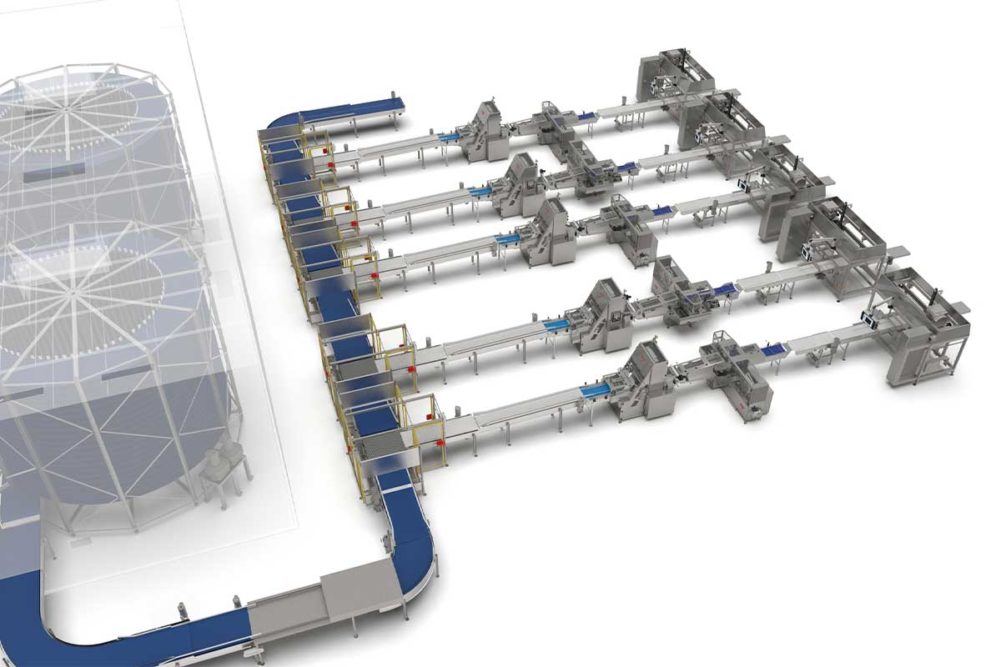Automating packaging can help solve the bottleneck of too few workers and help lines move products quickly and smoothly. But it isn’t without its own challenges. Companies must be willing to understand limitations and make changes.
“Their box size might have to change, or their case count might have to change,” said Josh Becker, product manager, bakery/confection, at Harpak-ULMA. “And that just drives additional supply chain complexities.”
In addition, automated systems can often perform one process very well, but they often can’t handle multiple products and configurations, said Dennis Gunnell, president, Formost Fuji.
“Sometimes the best solution is semi-automating,” he explained. “Maybe you can take parts of the process and automate that but then use some of the people to do the process and have a hybrid automation that will help them be more efficient but still give them the flexibility they need.”
Ensuring good, consistent quality inputs can help packaging run smoothly, said Peter Fox, senior vice president of sales, North America, Somic Packaging Inc. For example, corrugated board warpage can be detrimental to consistent blank handling, so the company has developed specific modules to overcome any variations.
And working with flexible packaging, such as a stand-up pouch, can be tricky, especially on high-speed lines.
“With flexible packaging, product variation is inevitable,” Mr. Fox said. “Therefore, preparations are made to the Somic handling system which take these variations into account. Automation oftentimes exposes variations in primary packaging, as well as conveyance inconsistencies. Understanding where the inconsistent inputs are provides the information necessary to determine corrective devices with automated case packers to maximize efficiencies. We have several devices, such as pouch conditioners, that provide consistent thickness to avoid having all of the product falling to the bottom of the pouch. This makes it easier to minimize space consumption when packing the pouches into the cases.”
Another best practice to avoid bottlenecks is a robust maintenance schedule, said Teri Johnson, vice president, North America, TNA Solutions. That means following manufacturer’s instructions, having maintenance people check for signs of wear and having critical replacement parts available in case they fail. And she emphasized the value of predictive maintenance, using a vertical form/fill/seal (VFFS) system as an example.
“Proactive maintenance is changing vacuum drive belts every three months, whether it looks like they need it or not,” she said. “That works but it would be costly. So what you’d rather do is predictive maintenance where you’re going to look for signs that the belts need changing every three months.”
Bottlenecks can occur in a number of places and take many forms in a packaging line. But companies that set up their lines properly, plan for problems and make adjustments as needed can keep lines moving.
This article is an excerpt from the November 2021 issue of Baking & Snack. To read the entire feature on Bottlenecks, click here.






